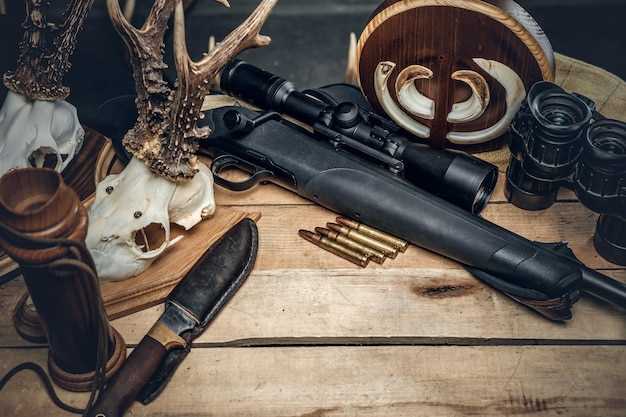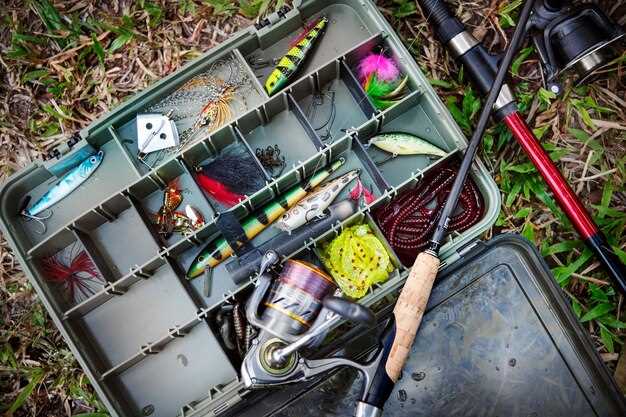
For every bowhunter, the importance of an organized pack cannot be overstated. The right essentials packed efficiently can mean the difference between a successful outing and a frustrating experience in the wild. Understanding how to arrange your gear will ensure you have easy access to everything you need when the moment counts.
By prioritizing the layout of your hunting pack, you can maximize space while minimizing time spent searching for vital items. Each piece of equipment has its place, and knowing how to organize your pack will not only streamline your hunting process but also enhance your overall efficiency. In the following sections, we will explore invaluable tips that focus on categorizing your gear and utilizing each compartment to its full potential.
Maximizing Space: Smart Packing Techniques for Your Gear
Efficient organization is paramount when it comes to bowhunting pack management. Utilizing smart packing techniques can make a significant difference in your overall experience during a hunt. Here are several strategies to maximize space in your hunting pack while ensuring that all essential items are easily accessible.
1. Use Compression Bags: When packing clothing or other soft items, consider using compression bags. These specialized bags minimize bulk by removing excess air, allowing you to fit more gear into your pack. Roll and squeeze your items into these bags to effectively use every inch of space.
2. Optimize Vertical Space: Instead of stacking items horizontally, utilize the vertical space in your pack. Place taller gear, like your bow case or a sleeping bag, on the bottom and stack other items on top. This arrangement ensures a well-balanced pack and gives a clear view of what you have packed.
3. Modular Packing Systems: Invest in modular packing systems that provide compartmentalization. These systems allow you to separate gear into different packs or pouches, making organization much simpler. Label each pouch based on contents–such as tools, food, or first aid–making it easy to grab what you need quickly.
4. Efficient Use of Side Pockets: Take advantage of side pockets for frequently used items like water bottles, snacks, or calls. This practice not only keeps these essentials easily accessible but also helps balance the weight within your pack.
5. Pack in Layers: Organize your gear in layers based on usage frequency. Place heavy items near the bottom and close to your back for better weight distribution, while lighter or less frequently used items can be placed on top. This layering ensures that you maintain stability while hiking.
6. Utilize Straps and Loops: Most hunting packs come equipped with straps and loops designed for various gear. Use these features to secure items like trekking poles or a bow by attaching them externally. This frees up valuable internal space while keeping larger items accessible.
By implementing these smart packing techniques, you can achieve optimum organization and space efficiency in your bowhunting pack. A well-organized setup not only enhances your hunting experience but also allows for a smoother and more enjoyable adventure in the wilderness.
Critical Items: Must-Have Tools and Supplies for Bowhunters

Efficient bowhunting requires careful organization of your pack to ensure that you have all the essentials at your fingertips. Packing wisely can be the difference between a successful hunt and a frustrating day in the field. Here are some critical items that should always be included in your bowhunting pack.
First and foremost, a reliable rangefinder is essential. It allows you to measure the distance to your target accurately, which is crucial for making accurate shots. Pair your rangefinder with quality binoculars to help you scout the area and locate game before you move in for the shot.
Another must-have is a durable multi-tool. This versatile piece of equipment can handle a range of tasks, from adjusting your bow and arrows to dealing with unexpected repairs. It is advisable to choose a tool with a knife blade, screwdriver, and other useful functions to maximize its utility.
Don’t forget to pack extra arrows and broadheads. Accidents happen, and having replacements on hand can save your hunt. Ensure that your arrows are properly stored to prevent damage while in transit.
A first aid kit is also a critical addition to your pack. Accidents can occur while navigating rugged terrains, so be prepared with supplies to treat minor injuries. Include bandages, antiseptic wipes, and any personal medications you may need.
For tracking game, a good quality flashlight with extra batteries is invaluable. Nighttime recovery of an animal can be challenging, so having a reliable light source is crucial. Additionally, consider a headlamp for hands-free operation.
Finally, don’t overlook the importance of snacks and hydration. High-energy snacks and a hydration system will help maintain your energy levels throughout the day, allowing you to focus on the hunt.
By carefully assembling these critical items in your bowhunting pack, you will be well-equipped to handle the challenges of the field and increase your chances of a successful hunt.
Quick Access: Organizing Your Pack for Easy Retrieval During Hunts

Effective organization of your bowhunting pack is crucial for a successful hunt. When you’re deep in the wilderness, the ability to access your essentials quickly can mean the difference between success and frustration. To optimize your pack, consider the following strategies:
Firstly, designate specific compartments for your most frequently used items. Organizing essentials such as your rangefinder, calls, and snacks in easily accessible pockets allows for swift retrieval. Use smaller bags or pouches within your pack to keep these items grouped together. This prevents digging through your entire pack to find what you need mid-hunt.
Secondly, implement a packing order that reflects the frequency of use. Items you need most often should be placed on top or in side pockets, while bulky gear that you use less frequently can be packed at the bottom. This layout ensures that you can grab what you need without unnecessary delays.
Utilize color-coding or labeling for your pouches. This simple method enhances visibility and makes it easier to locate specific essentials quickly. A glance inside your pack should clarify where each item belongs, streamlining your retrieval process.
Additionally, consider the weight distribution within your pack. Keep heavier items near your back to maintain balance while reducing strain. This thoughtful organization can greatly enhance your mobility and comfort during long hikes.
Lastly, regularly assess and reorganize your pack before hunts. The essentials you carry may change with each season or location, so adjust your pack contents accordingly. By keeping your gear organized and relevant, you’ll always be prepared for any challenges the hunt may present.



